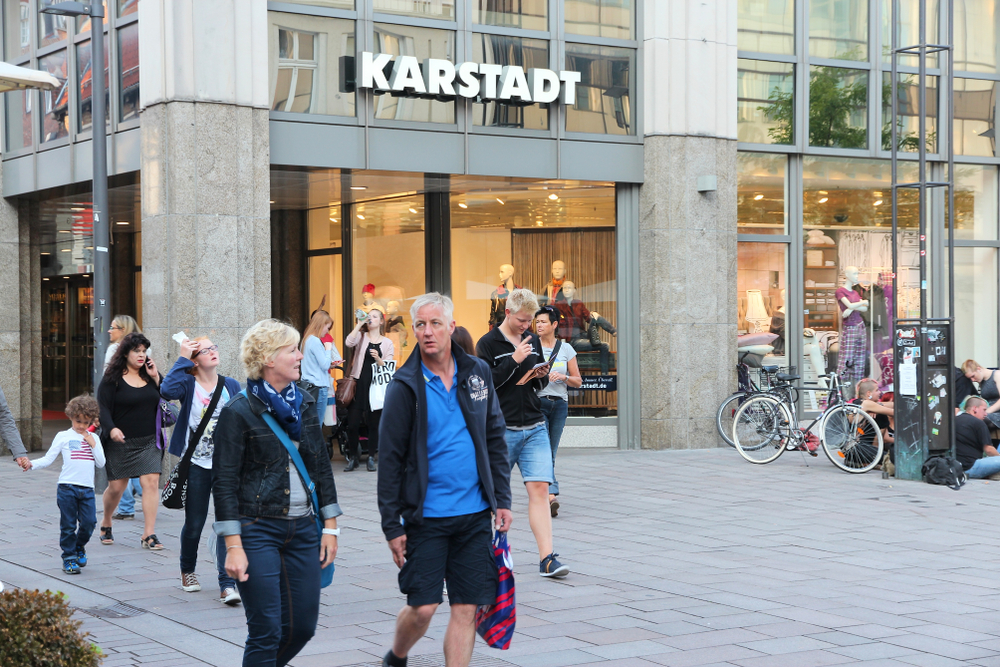Germany: Last Calm Before The Storm
Solid March data from the labour market is the last calm before the storm. All hope is on a crisis-fighting tool from the financial crisis.

Shoppers in Lubeck, Germany
Unemployment dropped to 2.335 million in March, the second lowest March reading since German reunification. At the same time, the seasonally-adjusted unemployment rate remained stable at 5.0%. However, it was the weakest March improvement since 2009, illustrating that the German labour market had already lost further traction before entering the Covid-19 lockdown.
It's all about short-time work schemes
Today's labour market data look to be the last calm before the storm. Normally, the cut-off date for the labour market statistics is the middle of the month, which in March was just before the lockdown measures had been announced. According to regional reports, applications for short-time work schemes have multiplied since then. Later today, the labour market agency is expected to release first estimates of the latest applications for short-time work schemes. During the financial crisis, some 1.4 million people were registered under the short-time work scheme. At the start of the year, there were some 100 000 people registered, on the back of the ongoing manufacturing slump.
During the financial crisis, short-time work schemes were one of German government’s most important tools to stabilize the economy. And it worked. Private consumption remained almost stable in 2008 and 2009 and has become an important growth driver of the German economy since then. It simply is too early to tell whether short-time work schemes will have the same magical effect. The German government definitely hopes that it will.
Disclosure: None.



